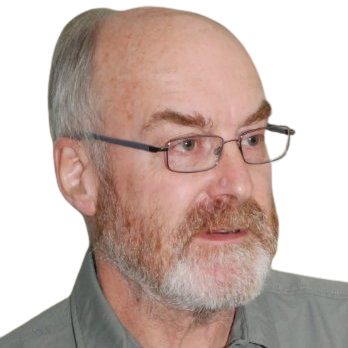
Cognitive Edge, Founder and Chief Scientific Officer
Dave Sowden
About speaker:
Dave Snowden is the founder and chief scientific officer of Cognitive Edge. His work is international in nature and covers government and industry looking at complex issues relating to strategy, organizational decision making and decision making. He has pioneered a science based approach to organizations drawing on anthropology, neuroscience and complex adaptive systems theory.
He previously worked for IBM where he was a Director of the Institution for Knowledge Management and founded the Cynefin Centre for Organizational Complexity; during that period he was selected by IBM as one of six on-demand thinkers for a world wide advertising campaign. Prior to that he worked in a range of strategic and management roles in the service sector.
His company Cognitive Edge exists to integrate academic thinking with practice in organizations throughout the world and operates on a network model working with Academics, Government, Commercial Organizations, NGOs and Independent Consultants. He is also the main designer of the SenseMaker® software suite, originally developed in the field of counter terrorism and now being actively deployed in both Government and Industry to handle issues of impact measurement, customer/employee insight, narrative based knowledge management, strategic foresight and risk management.
Presentation Topic:
Mapping the landscape of a project
More about presentation:
The substrate-independence theory utilizes sensemaking techniques to provide cognitively based scaffolds that guide and structure learning. Scaffolds are cognitive abstractions of constraints that relate to information within a system. The substrate-independence theory concentrates on the flow of information as the underlying property of the host system. The substrate-independence theory views social systems as complex adaptive systems capable of repurposing their structure to combat external threats by utilizing constructors and substrates. Constructor theory is used to identify potential construction tasks, the legitimate input and output states that are possible, to map the desired change in the substrate's attributes. Construction tasks can be mapped in advance for ordered and known environments. Construction tasks may also be mapped in either real-time or post hoc for unordered and complex environments using current sensemaking techniques. Mapping of the construction tasks in real-time becomes part of the landscape, and scaffolds are implemented to aid in achieving the desired state or move to a more manageable environment (e.g., from complex to complicated).
Read more: https://www.mdpi.com/2079-8954/10/1/7/htm